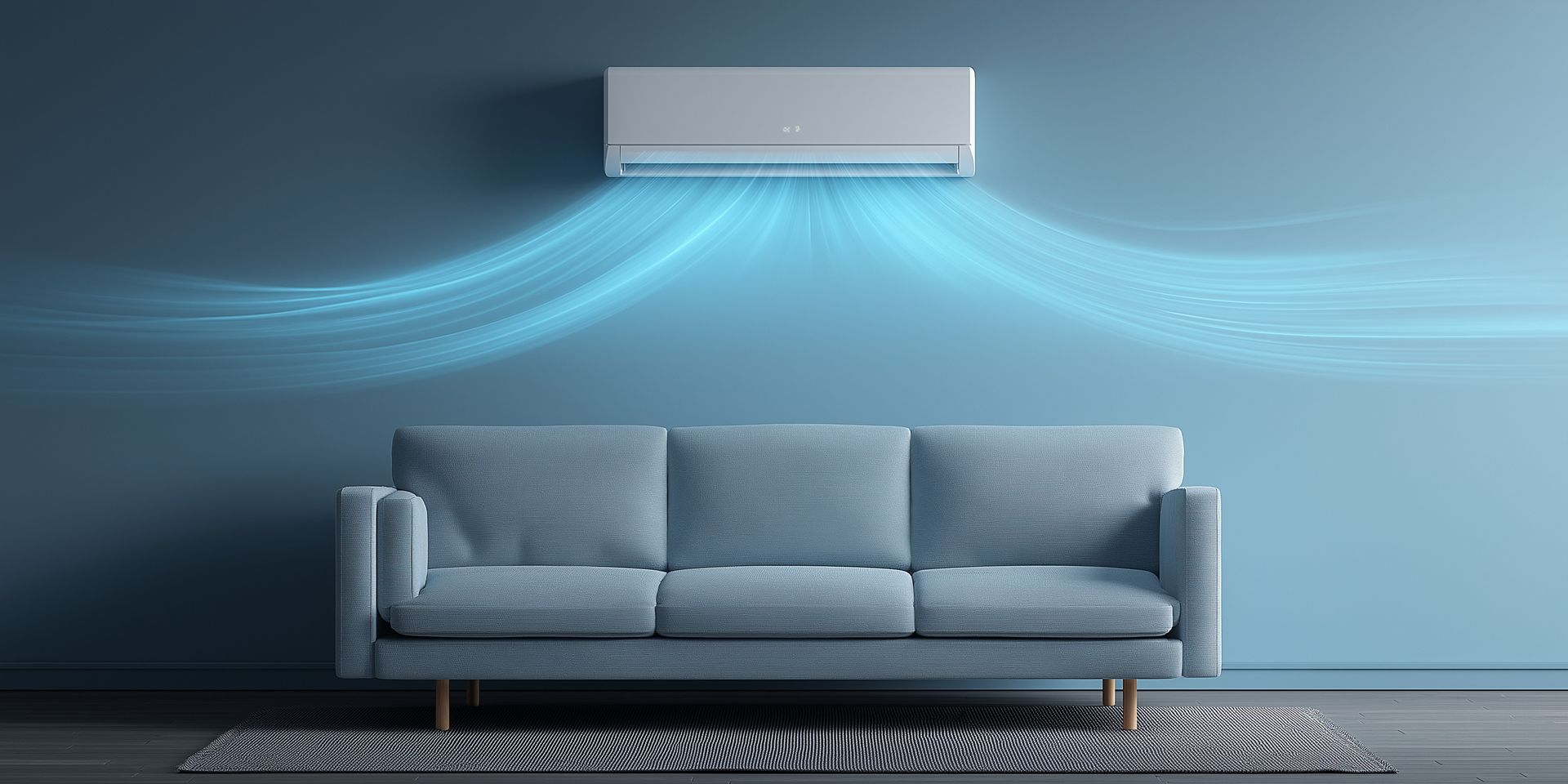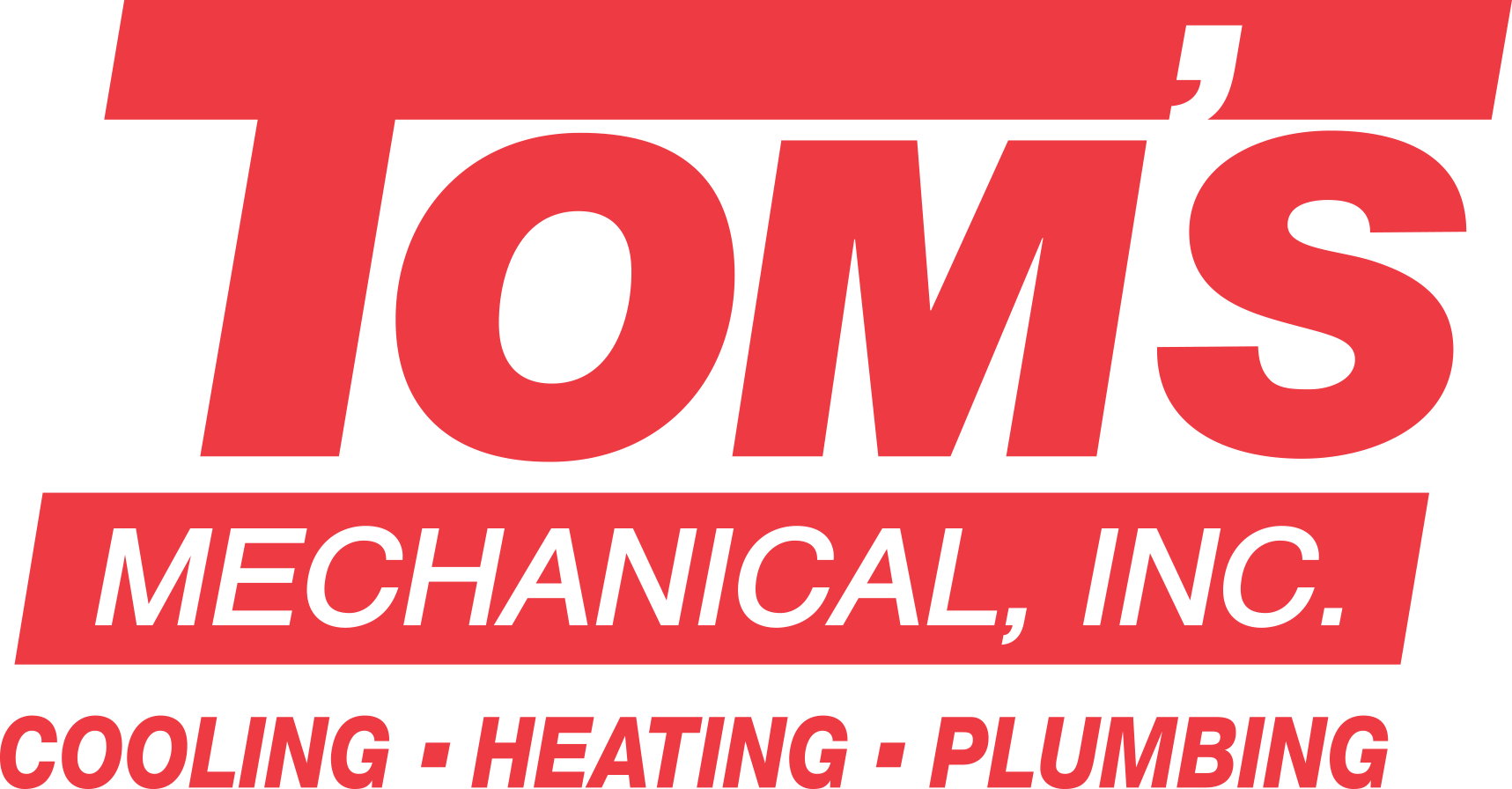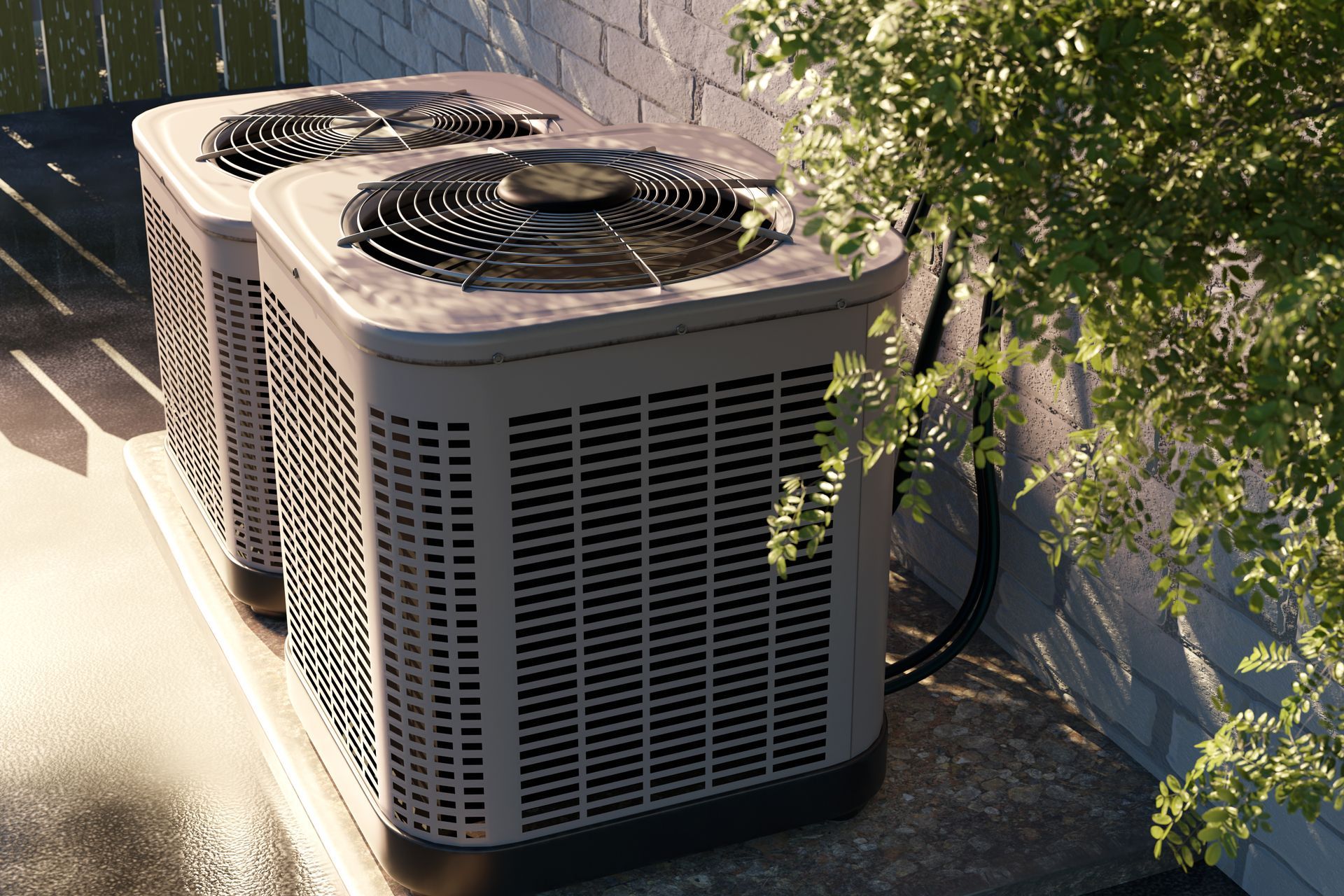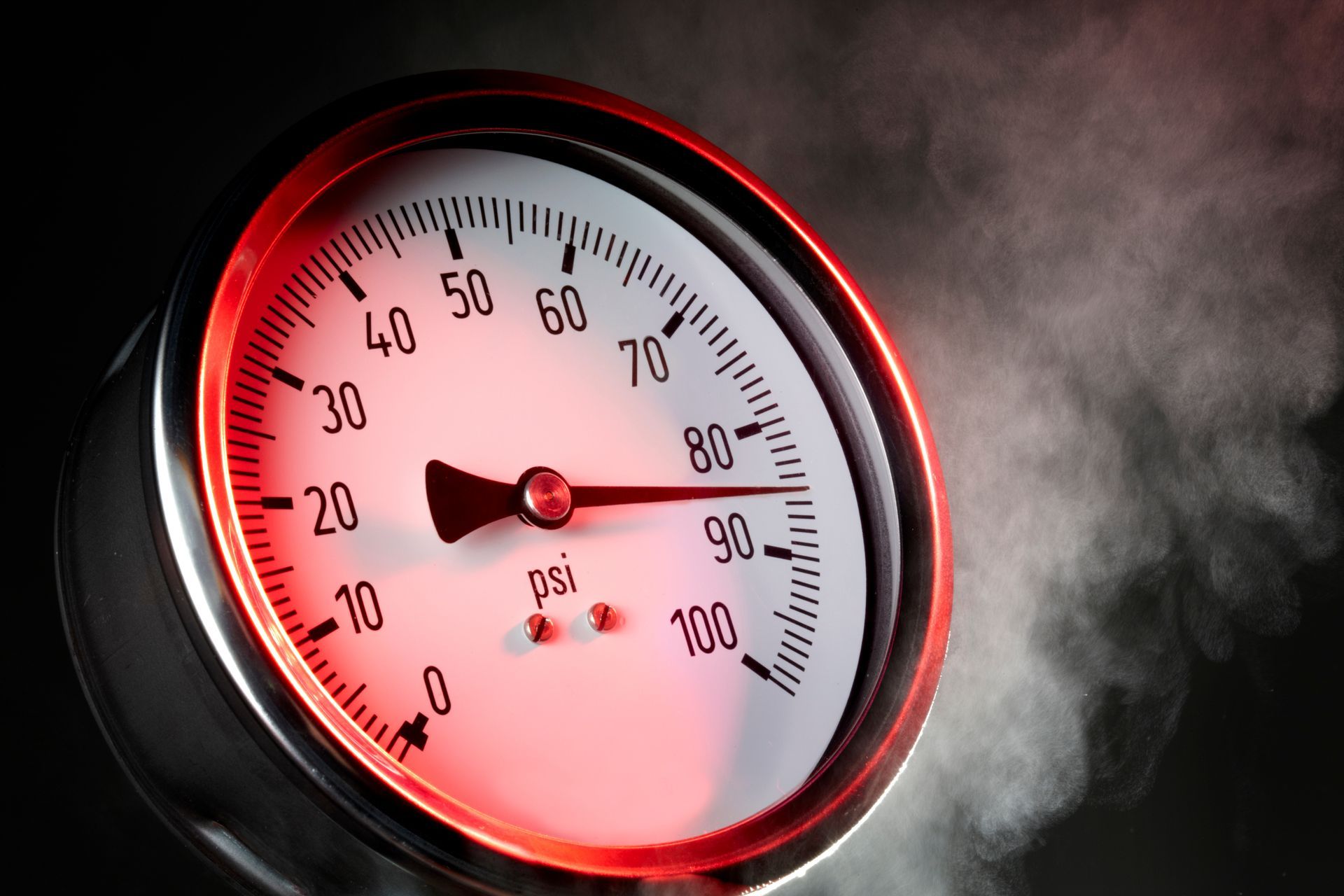What Is Airflow Design and How Do CFM and Static Pressure Affect System Performance?

Most homeowners don’t think much about how air flows through their home, at least until something feels off. Rooms that stay too hot or too cold, weak airflow from certain vents, or a system that runs constantly but still struggles to maintain the temperature you set on the thermostat could be due to one issue: poor airflow design.
What Is Airflow Design?
Airflow design refers to how your HVAC system distributes conditioned air throughout your home. This includes:
- Duct layout and sizing
- Supply and return vent placement
- System capacity (tonnage)
- Air handler or furnace blower performance
- Total system resistance (static pressure)
All of these elements affect how well air circulates, how evenly temperatures are maintained and how efficiently your equipment operates. Good airflow design helps ensure your system isn’t overworked and that all rooms receive consistent cooling output.
Why CFM and Static Pressure Matter
CFM (Cubic Feet per Minute)
CFM measures how much air your system can move in one minute. The correct CFM depends on your system’s size and your home’s layout. If airflow is too low, rooms won’t heat or cool properly. If it’s too high, your system may be noisy or inefficient.
Static Pressure
Static pressure is the resistance air encounters as it moves through your ductwork. High static pressure usually means your system is working too hard to move air, which leads to stress on components and uneven comfort.
An imbalance between these two factors is one of the most common causes of system inefficiency, hot and cold spots, short cycling and premature wear on motors or compressors.
Do New Homes Always Have Proper Airflow Design?
Not necessarily. While most new homes are built to code, that doesn’t always mean the HVAC system was designed with optimal airflow in mind. Builders often subcontract HVAC work based on general square footage rather than the actual airflow needs of the home’s layout. That can lead to:
- Undersized or poorly routed ductwork
- Inadequate return air paths
- Uneven airflow to upper stories or room additions
Even brand-new systems can underperform if the airflow design wasn’t planned carefully.
Common Mistakes That Lead to Poor Airflow
There are several frequent issues that can interfere with airflow, especially in retrofitted or remodeled homes:
- Oversized systems that cool too quickly without circulating air effectively
- Poor duct sealing leading to air loss in attics or crawl spaces
- Crushed, kinked or undersized ducts that choke off airflow
- Insufficient returns, especially in larger or multi-story homes
- Blocked vents or closed registers, which increase static pressure
These mistakes can make even a brand-new system feel underpowered or cause premature failure due to stress.
How Home Additions Affect Airflow
Adding square footage changes your home’s heating and cooling load. If the ductwork isn’t modified to match the new layout, airflow problems are almost guaranteed. The added space may receive too little air or steal airflow from other parts of the house.
Simply connecting an addition to ductwork isn’t necessarily a solution, or the ideal option. Your current HVAC system may be undersized for the additional square footage. Alternatively, you may have a new system installed that’s oversized given the increase in square footage may not be that dramatic.
In some cases, it makes more sense to install a separate ductless system or zone the space independently rather than overextending your existing system. Alternatively, you might look into replacing one large HVAC system with two smaller units to serve different ends of the house.
There’s not always a clear best solution. An HVAC professional can help you understand the important variables, your options and how much they might cost.
Can Airflow Design Be Modified?
Yes, but the extent of modification required to address airflow problems depends on the issue. In some homes, improving airflow may be as simple as adjusting dampers, adding a return vent or upgrading a blower motor. In others, especially where ducts are undersized or poorly laid out, a larger redesign may be needed.
HVAC professionals use tools like manometers to measure static pressure and airflow, then assess whether your current layout matches your system’s capacity. If it doesn’t, targeted improvements can often deliver major performance gains without requiring a full replacement.
Are Hot and Cold Spots a Sign of Poor Airflow?
They usually are. While some variation is normal depending on window exposure and insulation, major temperature differences between rooms often point to duct issues, poor zoning or high static pressure. Airflow testing can help pinpoint the root cause and determine whether the solution involves balancing airflow, sealing ducts or redesigning part of the system.
If it feels like cool air isn’t being evenly distributed in your home, call Tom’s Mechanical at 817-277-4493 for an AC repair solution.



